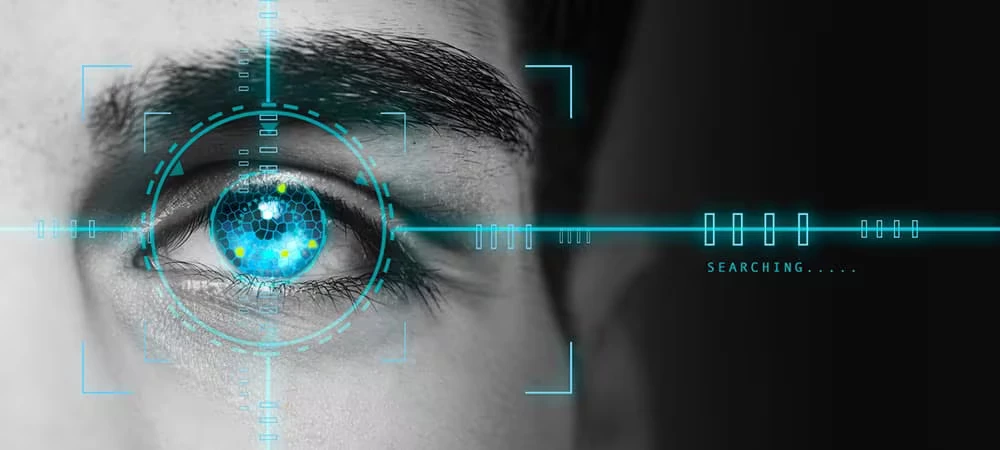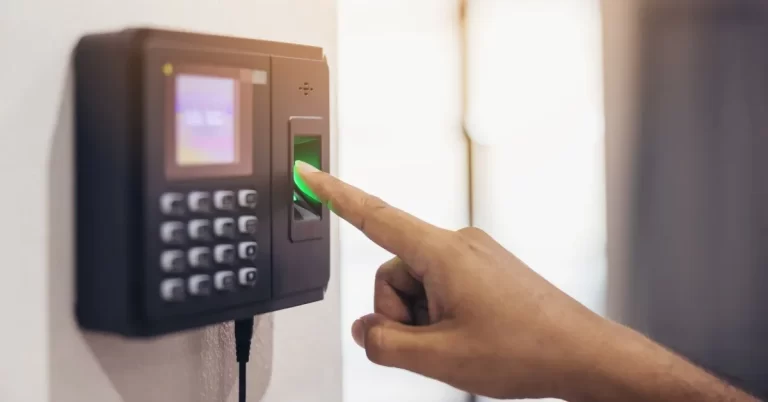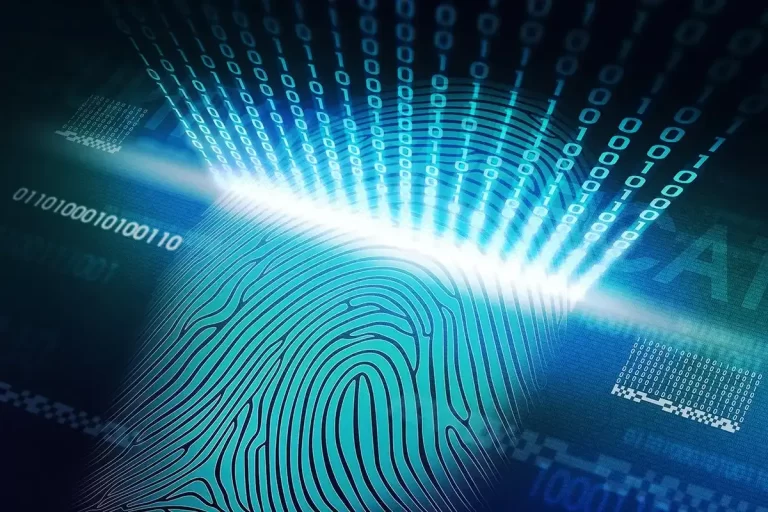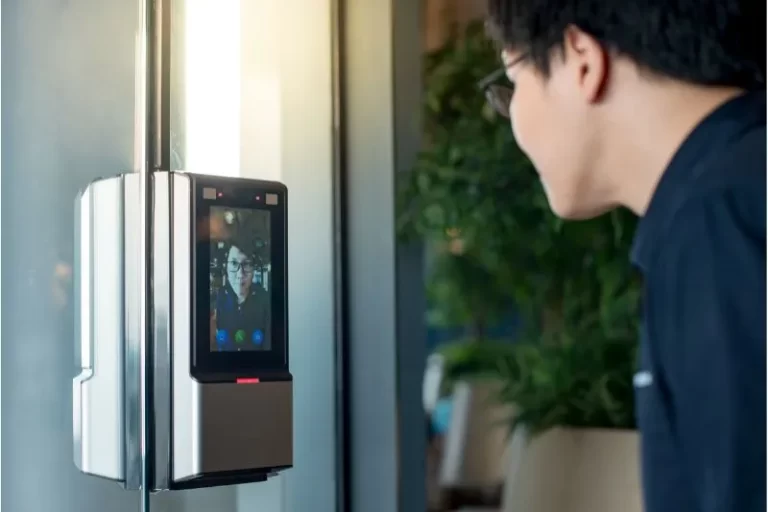Can Biometrics Be Hacked? Everything You Need to Know
Discover the truth about the security of biometrics in the digital age. Can biometrics be hacked? This comprehensive article explores the vulnerability of biometric authentication and provides valuable insights.
In our increasingly digital world, securing personal information is a top priority. Biometric authentication, which uses unique physical or behavioral traits for identity verification, has gained widespread use.
But the question looms: Can biometrics be hacked? In this article, we delve into the realm of biometric security, shedding light on its strengths, weaknesses, and the measures in place to protect our digital identities.
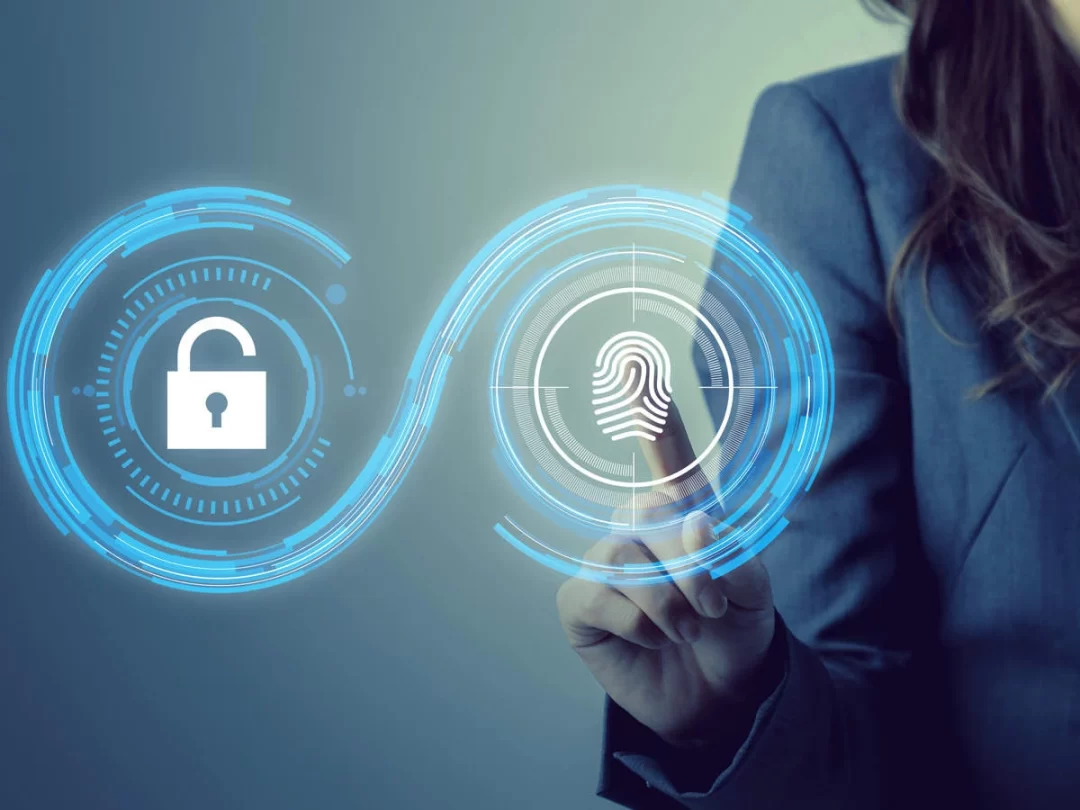
Can Biometrics Be Hacked?
Biometric authentication systems capture and store your unique traits in a secure database.
When you attempt to access a device or system, it compares your provided biometric data with the stored records to grant or deny access.
Biometrics refers to the measurement and statistical analysis of people’s unique physical and behavioral characteristics.
These include fingerprints, facial recognition, iris scans, voice recognition, and even gait analysis.
The key premise of biometrics is that these traits are difficult to replicate, making it a promising avenue for secure authentication.
Can biometrics be hacked? The answer is yes, but it’s not easy. Hacking biometrics requires significant resources, expertise, and, in some cases, physical access to the individual.
These barriers make biometric hacking relatively rare compared to other forms of cyberattacks.
The Strengths of Biometrics
Biometrics, as a form of authentication, provides numerous strengths and advantages compared to traditional passwords and PINs. Here are some key benefits of biometrics:
1. Highly Secure
Biometric traits, such as fingerprints, iris patterns, or facial features, are unique to individuals.
This uniqueness makes it extremely difficult for hackers or fraudsters to replicate or forge biometric data, ensuring a high level of security.
2. Convenience
With biometrics, there is no need to remember complex passwords or carry key cards or tokens. Your body becomes the key, making authentication a seamless and convenient process.
This eliminates the risk of forgotten passwords or misplaced access cards.
3. Speed
Biometric authentication is typically fast and nearly instantaneous. A simple scan or touch is all that is required to verify your identity, saving time and streamlining the authentication process.
This is particularly beneficial in scenarios where quick access is crucial, such as emergency situations or time-sensitive operations.
4. Reduced Fraud
Biometric traits are difficult to replicate or impersonate, reducing the risk of fraud.
Unlike passwords or PINs that can be stolen or shared, biometric data is inherently tied to the individual and cannot be easily transferred or used by unauthorized individuals.
Vulnerabilities in Biometric Security
While biometric security measures offer significant advantages, it is important to acknowledge that they are not impervious to vulnerabilities. Here are some key vulnerabilities associated with biometric security:
1. Spoofing
Sophisticated hackers can attempt to bypass biometric systems by creating replicas or spoofing biometric traits. For example, they may create fake fingerprints or masks to fool fingerprint or facial recognition systems.
2. Database Breaches
Biometric systems often store biometric data in centralized databases. In the event of a database breach, unauthorized individuals could gain access to sensitive biometric information, compromising the security of the system.
3. Biometric Data Theft
During the transmission of biometric data or while stored in databases, there is a risk of data theft.
If the data is not properly encrypted or protected, attackers may intercept and steal biometric information, potentially leading to identity theft or unauthorized access.
4. False Acceptance and False Rejection Rates
Biometric systems may have inherent errors in the form of false acceptance or false rejection rates.
False acceptance occurs when an unauthorized individual is incorrectly granted access, while false rejection happens when an authorized individual is denied access.
These errors can be influenced by factors such as environmental conditions, variations in biometric traits, or system calibration.
Protecting Your Biometric Data

To protect your biometric data and enhance the overall security of your biometric systems, consider implementing the following tips:
1. Use Multi-Factor Authentication
Combine biometrics with other authentication factors, such as passwords, PINs, or tokens. This adds an extra layer of security, as multiple factors need to be verified before granting access.
2. Regularly Update Software
Keep your biometric devices, applications, and associated software up to date. Regular updates often include security patches that address vulnerabilities and protect against emerging threats.
3. Secure Your Devices
Ensure that the devices used for biometric authentication, such as smartphones or tablets, are protected with strong passwords or biometric locks.
This prevents unauthorized physical access to the device and helps safeguard your biometric data.
4. Protect Biometric Data Transmission
When transmitting biometric data, use secure and encrypted channels. Avoid using public Wi-Fi networks or unsecured communication methods that can expose your data to interception or theft.
5. Safeguard Biometric Databases
If you are responsible for managing biometric databases, employ robust security measures to protect the stored data.
This includes encryption, access controls, regular backups, and monitoring for any unauthorized access attempts.
6. Implement Privacy Policies
Establish clear privacy policies and guidelines for the collection, storage, and use of biometric data.
Ensure compliance with relevant data protection regulations and communicate transparently with users about how their biometric information will be handled.
7. Educate Users
Provide education and awareness to users about the importance of protecting their biometric data, including best practices for secure usage and potential risks associated with biometric authentication.
Conclusion
In the age of digital transformation, the security of our personal information is paramount. While biometrics offer robust protection, the question remains: Can biometrics be hacked?
The reality is that no system is entirely foolproof. However, by following best practices, staying informed, and remaining vigilant, we can minimize the risks and enjoy the convenience and security that biometrics provide.
READ ALSO!!!
